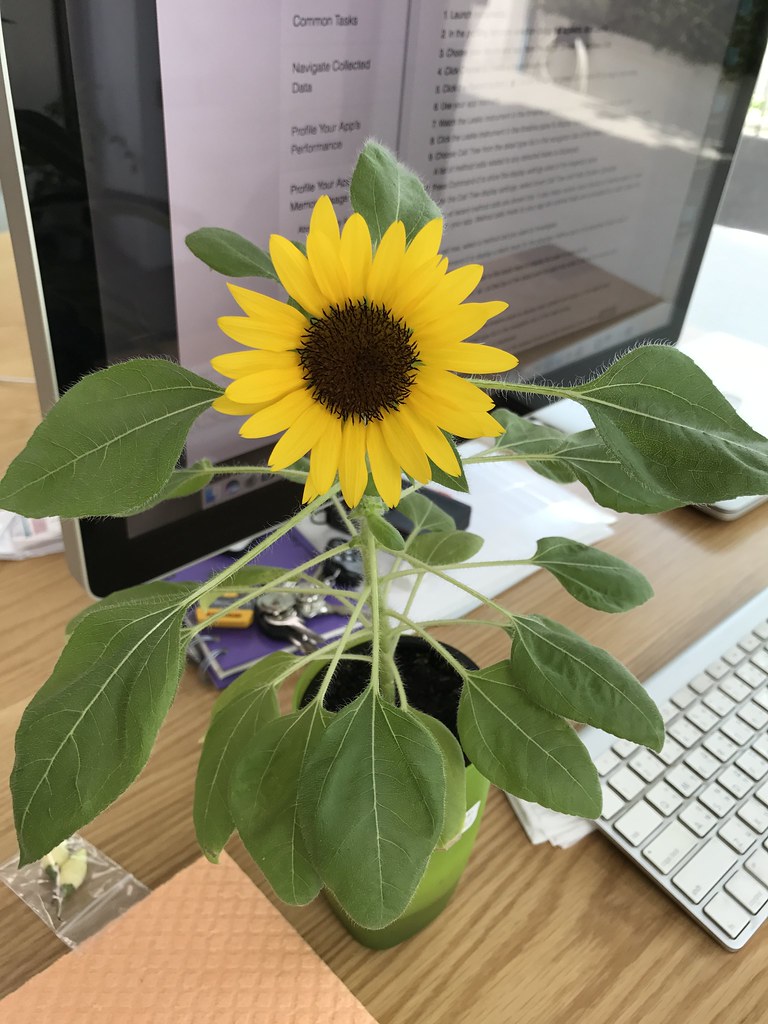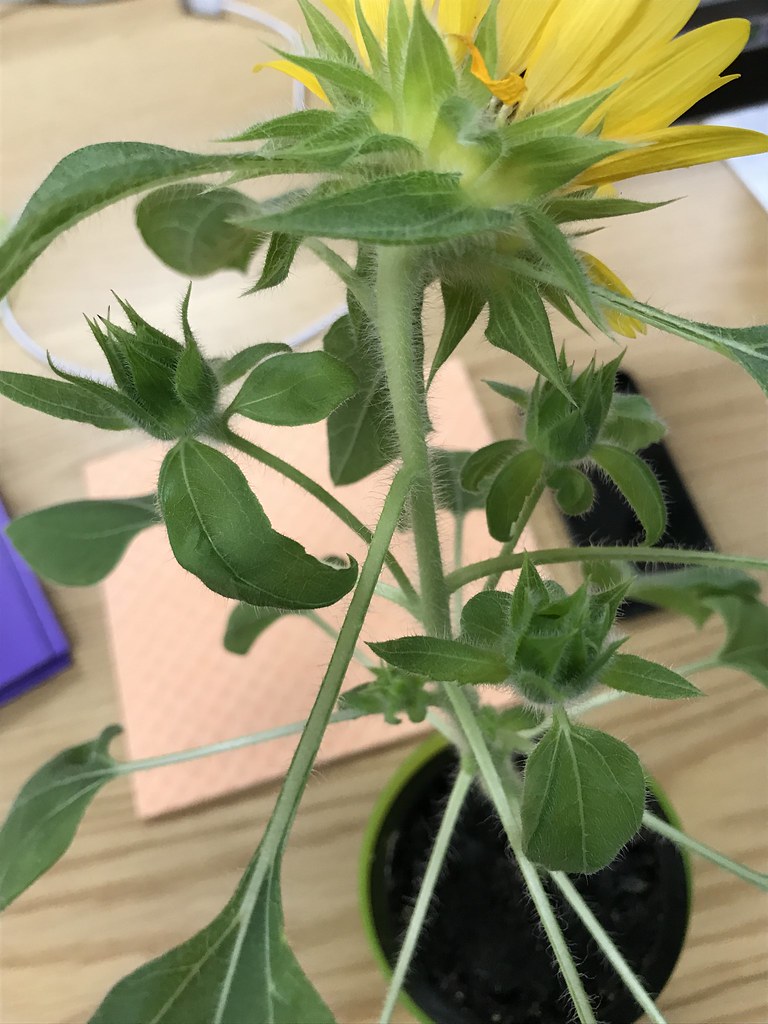You are using an out of date browser. It may not display this or other websites correctly.
You should upgrade or use an alternative browser.
You should upgrade or use an alternative browser.
my first time growing sunflower indoor on my desk
- Thread starter lek
- Start date
Use a bigger container with better soil.
More light would help too.
More light would help too.
thanks for your suggestion.Hybrid_Mode_01 said:Use a bigger container with better soil.
More light would help too.
thanks! i tried very hard to grow this little sunflower on my desk. i don't know why it's so difficult.ako1974 said:I'd say that's pretty awesome for a desk plant, though.
Powelly said:Please share with us your method of growing a sunflower on your desk
i heard from some gurus that sunflower do not require fertilizing. the better their diet, the larger the flowers. so i come up with a simple wick water system in 18oz cup.
my goal is to put sunglasses on the flower. it's difficult to make a short plant with very large flower.
Very Cheerful!
thanks! i will try thatPowelly said:One thing I know about sunflowers is that they're a gateway plant for mycorhizzal fungi
I would perhaps try adding that
The white fungi are very beneficial to soil, you can do it easily buy buying fresh oyster mushrooms and wash them real good and pour the wash onto the soil.
thanks! this is delicious.dragonsfire said:The white fungi are very beneficial to soil, you can do it easily buy buying fresh oyster mushrooms and wash them real good and pour the wash onto the soil.
dragonsfire said:The white fungi are very beneficial to soil, you can do it easily buy buying fresh oyster mushrooms and wash them real good and pour the wash onto the soil.
"The fungus Pleurotus ostreatus, the common oyster mushroom you can buy at the supermarket, uses another clever technique to trap food. It emits toxic drops from the tips of its hyphae; an unsuspecting nematode (roundworm), out and about, looking for food, touches a drop with its mouth and within minutes is immobilized. A few hours later, and the fungus is inside the nematode, already digesting it.
As this is exactly what the nematode has been doing—eating—the worm is usually a real treasure trove of nutrients for the fungus. These nutrients, of course, are then locked up inside the fungus until the fungus is eaten by one of its predators or it trades them for exudates. Then the nutrients are mineralized and again are available to plants"


